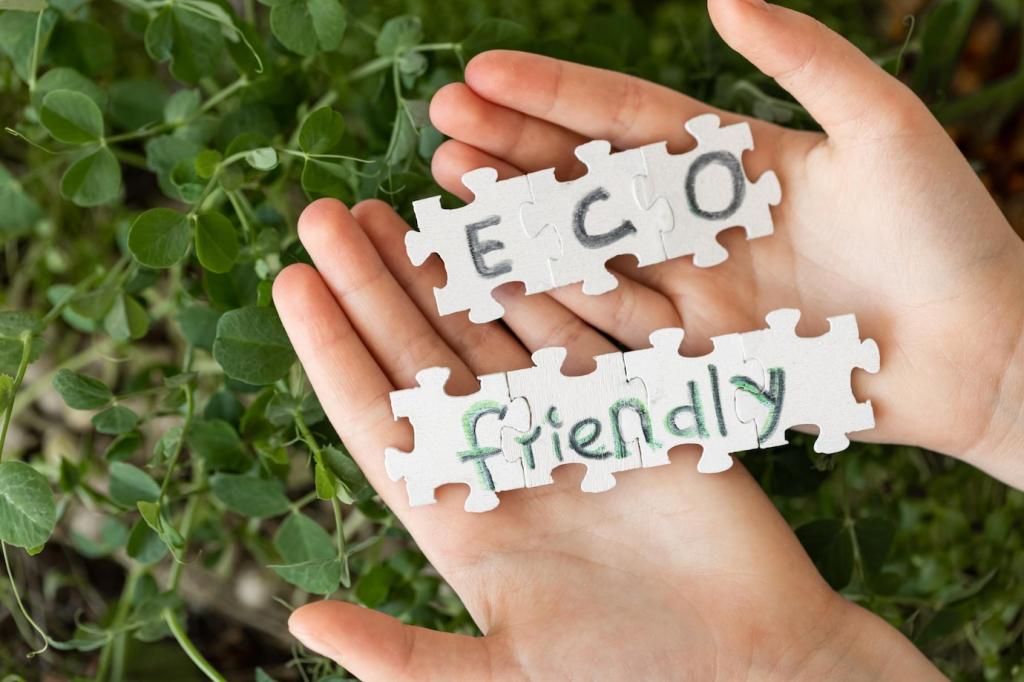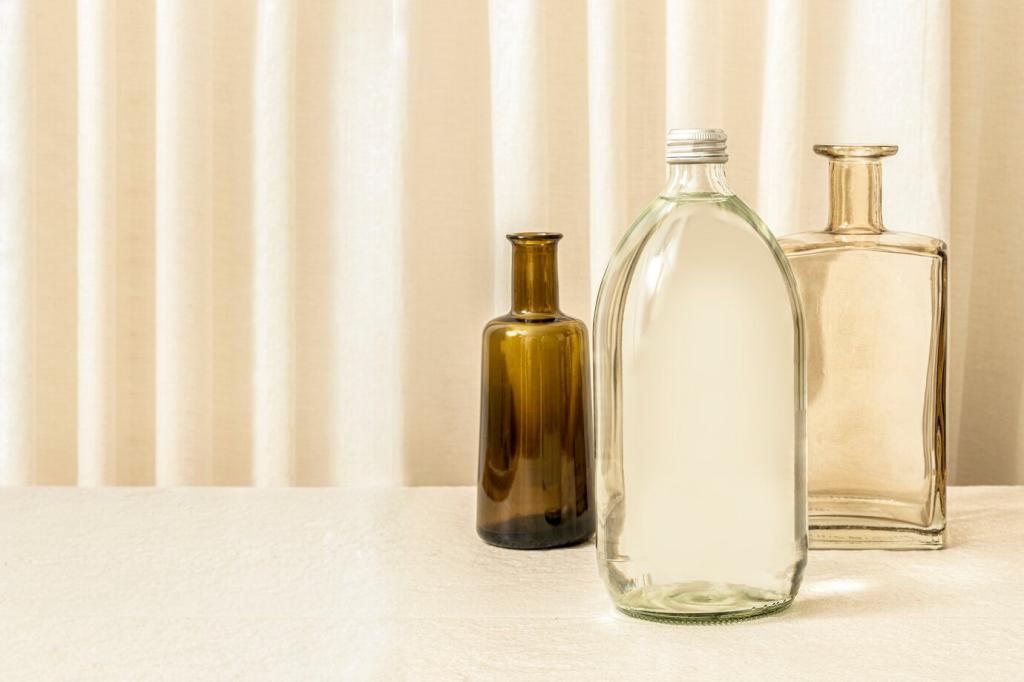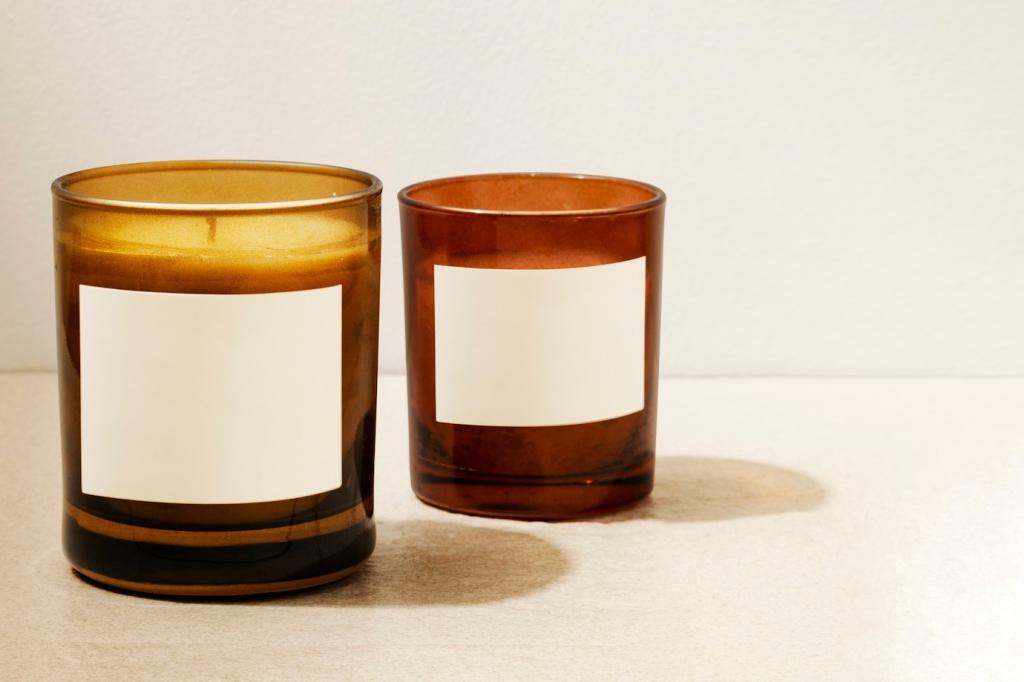Care, Maintenance, and Longevity
Choose visible fasteners, modular panels, and accessible junctions so parts can be replaced without waste. This mindset keeps low-impact building materials for interiors useful, flexible, and valuable across many life stages.
Care, Maintenance, and Longevity
Soap flakes, pH-neutral cleaners, and occasional oil refreshes protect finishes while minimizing chemicals. Small, consistent rituals extend material life, reduce replacements, and keep interiors feeling intentionally crafted rather than constantly renovated or discarded.






